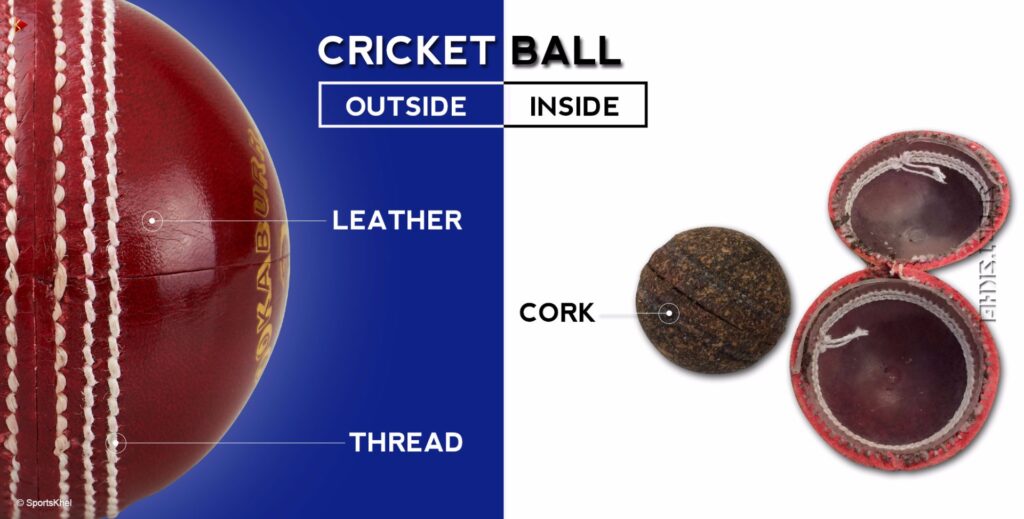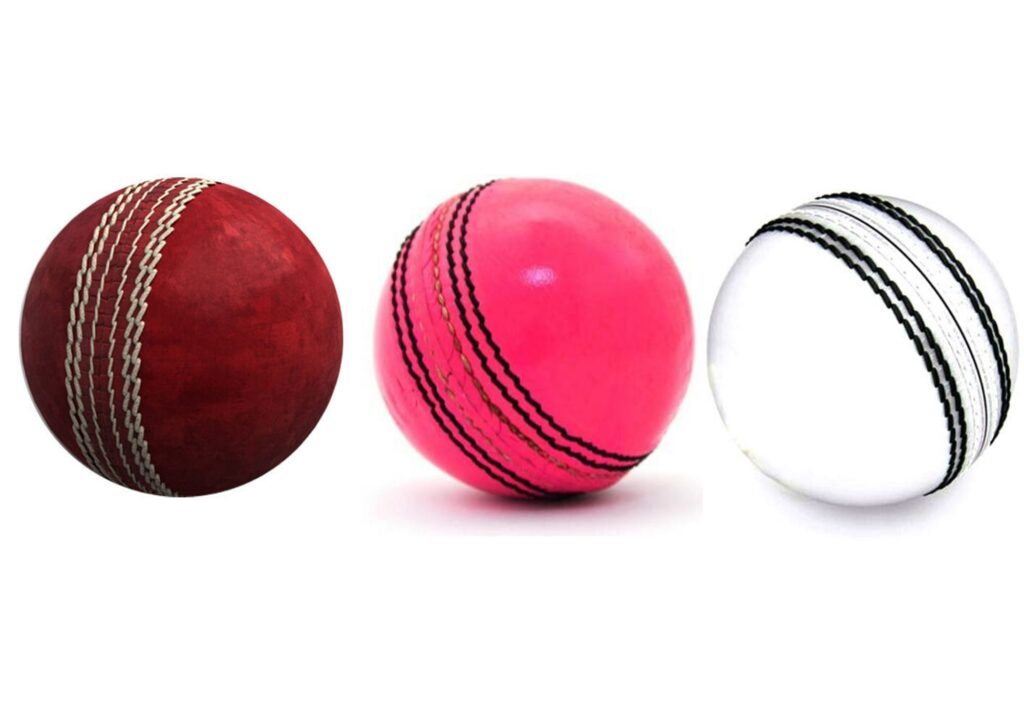Have you ever wondered how these iconic sports essentials come to be?
How Cricket Ball Is Made
Table of Contents
Introduction
Welcome, cricket lovers, bettors, and the Lottabet community! There’s a certain magic in the air when a cricket ball spins, swings, and bounces. It’s the kernel of excitement that holds us spellbound, especially when placed in the hands of a skilled bowler. But have you ever wondered how these iconic sports essentials come to be? In this article, we will embark on a fascinating journey into the crafting of the cricket ball, a process as exciting as the game itself. We’ll explore every nook and cranny of this process, from the selection of materials, through the intricate process of manufacture, to the final product that graces the pitch. Let’s begin this intriguing exploration into the birth of a cricket ball.
What Cricket Ball Is Made Of
The making of a cricket ball is an artful synthesis of diverse materials, each playing its part in creating that perfect curve and bounce. Let’s delve into the quartet of materials that make this possible.
Cork Core
Firstly, we have the core, the heart of the cricket ball, made of cork. Cork’s natural lightness and bounciness give the ball its energetic spring. But the cork alone isn’t enough to create the final product.
Yarn and Twine
Next, we wrap the cork in layers of tightly wound yarn and twine, lending substance and weight to the ball. This twine is not just any string; it’s a special type that superbly retains its shape yet offers enough flexibility for the ball to bounce effectively.
Leather Casing
Finally, the leather. Imagine an armor, a protective covering that gives the ball its distinctive red (or white) appearance. This leather casing sewn together with strong, thick threads bears the brunt of the clash between bat and ball, ensuring the inner layers remain uncompromised.
Indeed, the coming together of these materials in a cricket ball is a testament to the synergy between natural elements and human craftsmanship. The next time you’re betting on your favorite team on Lottabet, bear in mind that each swing and spin is made possible by the remarkable interplay of cork, yarn, twine, and leather.

Making Cricket Balls: A Step-By-Step Process
Crafting a cricket ball is a unique blend of tradition and technology. Over time, machines have streamlined certain aspects of the process, but the heart of manufacturing remains in skilled human hands. Here’s a step-by-step breakdown of how a cricket ball comes to life:
- Leather Washing, Dyeing, and Smoothing: The process begins with preparing the leather. The hide is washed thoroughly, dyed to the desired color (typically red or white), and smoothed. This ensures that the leather is clean, colorfast, and supple enough to be worked with.
- Piece Cutting: The prepared leather is then cut into four pieces, each shaped like a semi-ellipse. These pieces will form the outer casing of the ball.
- Katori Cutting: A smaller piece of leather, called the ‘katori’ or ‘quarter’, is cut out. This piece will be stitched onto the main leather sections to form the seam of the ball.
- Ball Joining: The leather pieces and katori are skilfully joined together with strong thread, forming the protective casing around the cork and twine core.
- Stitching: The ball is then stitched up tightly using a heavy-duty wax-coated thread, ensuring the casing stays secure. The prominent seam of a cricket ball is a result of this stitching process.
- Rounding: This step involves molding the ball into a perfect spherical shape using a heavy press. This gives the ball its desired shape and firmness.
- Polishing: A layer of linseed oil is applied to the ball and it’s polished. This gives the ball its characteristic shine and helps make it water-resistant.
- Stamping: The ball is then stamped with the manufacturer’s logo and other relevant details.
- Packaging: The finished cricket ball is packed away safely, ready to be shipped to cricket lovers, players, and bettors all around the world.
Different Types of Cricket Balls
Cricket balls come in various hues, each with its own purpose and charm. Undoubtedly, the three most iconic colors are red, white, and pink.
Red Cricket Balls: Traditionally, cricket has been played with red balls. Their rich, dark tint offers a stark contrast against the green of the cricket field, making it easier for players to spot during the day. However, they’re not ideal for night matches, as they’re not easily visible under artificial lighting. Red balls tend to support spin bowlers due to their ability to retain the shine and roughness on separate halves of the ball for a longer period.
White Cricket Balls: With the advent of day-night matches and shorter formats of the game, the white ball was introduced. Bright and very visible even under floodlights, white balls are used in One Day Internationals and T20 cricket. However, unlike red balls, white balls tend to lose their shine faster and thus are more favorable for fast bowlers who can utilize the swing and seam of the new ball.
Pink Cricket Balls: A compromise between red and white, the pink cricket ball was introduced to allow for visibility in day-night Test matches. The pink ball maintains a balance, offering both swing for pacers and spin for spinners.
When betting on cricket on Lottabet, it’s essential to consider the type of ball being used and the pitch conditions. Both of these factors can heavily influence which type of bowler is more likely to succeed, whether it’s the spinners with a worn red ball and deteriorating pitch or the fast bowlers making the most of the new white ball’s swing and bounce.

Conclusion
Creating a cricket ball is a meticulous process that involves materials like cork, yarn, twine, and leather. Each component has a specific role, from the cork core that initiates the structure, to the yarn and twine that provide substance, and finally the leather that forms the visible exterior. This process, which is a blend of modern machinery and traditional craftsmanship, results in a commodity that has a significant impact on the game’s dynamics. The type of ball used – red, white, or pink – can influence the strategies employed by teams, which is a crucial aspect to consider when betting on cricket. It’s the interplay of these factors that makes cricket a game of depth and complexity, where not just the players, but even the balls have a story to tell.
FAQ
What kinds of leather are used to make a cricket ball?
The type of leather used for a cricket ball matters significantly in defining its quality and performance. The two most commonly used leathers are cowhide and steerhide. Both cowhide and steerhide provide excellent seam and shape retention, which is critical to the performance of a cricket ball.
Why do you need cork inside the ball?
Cork serves as the heart of a cricket ball, providing it with its essential characteristics. This core ingredient plays a pivotal role in giving the ball its bounce, weight, and integrity. The cork core is encased in tightly wound string, which affords the ball its hardness. This combination of cork and twine is responsible for the unique bouncing quality of cricket balls. Without a cork core, the ball would not have the firmness necessary for a high-impact sport like cricket, where the ball travels at high velocities and often collides with hard surfaces. Furthermore, the cork core also contributes to the durability of the ball, ensuring it can withstand the rigors of a full day’s play without losing its shape or bounce.
Is there a weight difference in cricket balls?
Yes, there is a weight difference in cricket balls, primarily due to the different formats of the game. According to the regulations set by the International Cricket Council (ICC), the weight of the ball used in adult cricket should be between 155.9 and 163 grams. For women’s cricket and junior cricket, the ball’s weight can range from 133 to 150 grams. Iit’s crucial to remember that all cricket balls used in professional matches must adhere to the ICC’s strict regulations to ensure fair play.
Are different cricket balls made differently?
While the basic structure and material composition of red, white, and pink cricket balls are the same, their crafting processes bear some differences to meet the specific requirements of different formats of the game. Although all cricket balls follow a similar construction process, the slight variations in their making process result in different attributes that affect game strategies and betting prospects on platforms like LottaBet.


















